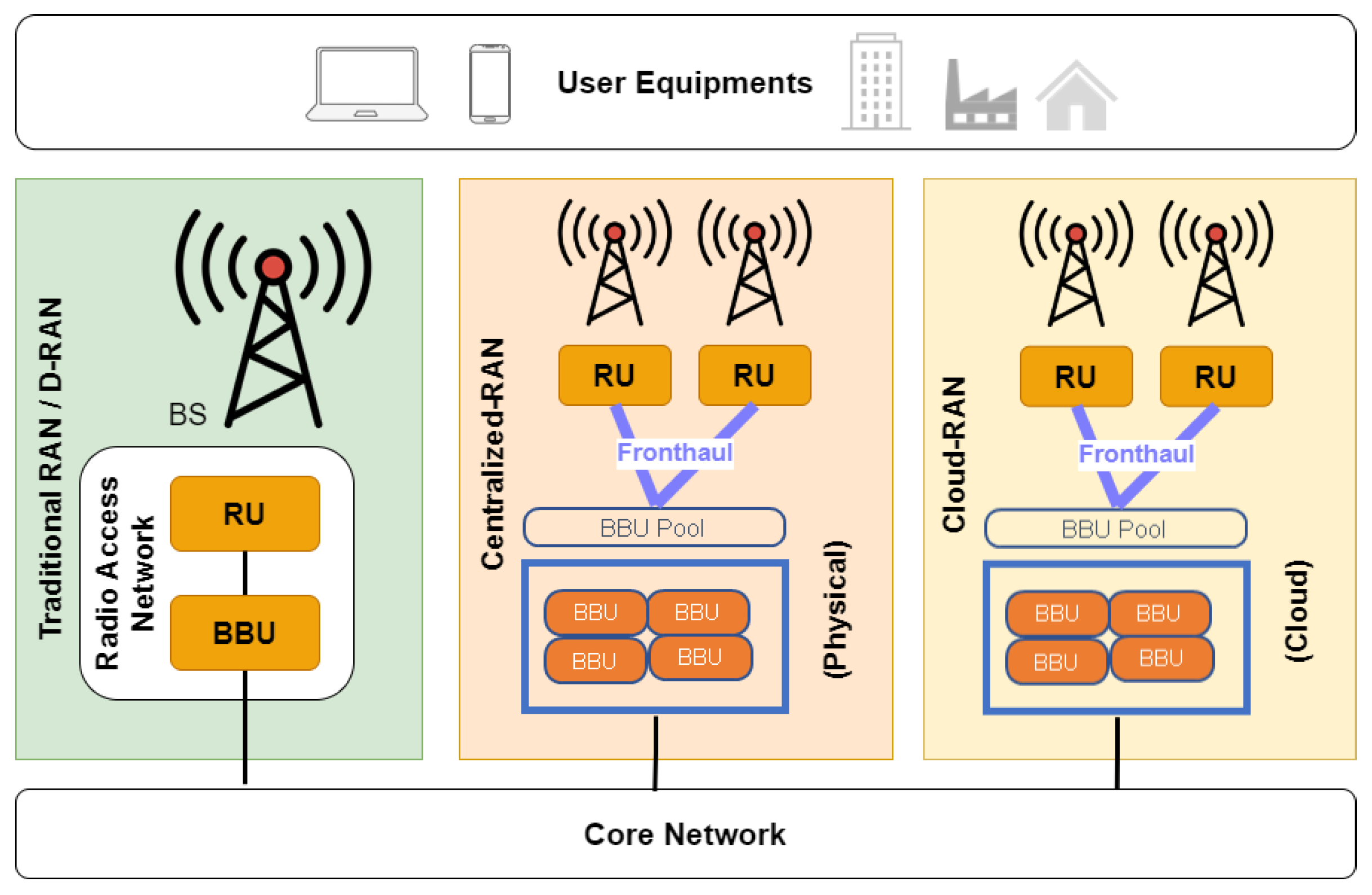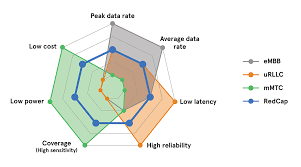What Is RAN Virtualization? Comprehensive Training Video
telcomatraining.com – In today’s rapidly evolving telecom landscape, Radio Access Network (RAN) virtualization is a transformative technology that is redefining how mobile networks are built and operated. This comprehensive training video is designed to help you understand RAN virtualization from the ground up, with clear explanations, real-world examples, and practical use cases.
If you’re a network engineer, telecom professional, or simply curious about 5G infrastructure, this video will equip you with essential knowledge about how RAN virtualization works and why it matters.
Understanding RAN Virtualization
Traditionally, the Radio Access Network consists of dedicated, proprietary hardware tightly coupled with its software. This makes network upgrades, scaling, and vendor integration costly and complex.
RAN virtualization breaks this tight coupling by decoupling software functions from proprietary hardware. Instead, RAN functions are virtualized and run on general-purpose, commercial off-the-shelf (COTS) servers.
This shift is comparable to how virtualization transformed data centers and cloud computing. By virtualizing RAN components, operators can achieve greater flexibility, scalability, and cost efficiency.
Key Benefits of RAN Virtualization
Our RAN Virtualization Training Video explains the key benefits in detail:
- Cost Savings: Reduces reliance on expensive proprietary hardware.
- Flexibility: Easily deploy and manage network functions in different locations.
- Scalability: Scale up or down based on demand without major infrastructure changes.
- Vendor Diversity: Integrate solutions from multiple vendors, avoiding vendor lock-in.
- Faster Innovation: Deploy new features and services quickly through software updates.
How Does Virtualized RAN Work?
A virtualized RAN architecture typically separates the RAN into the following layers:
- Central Unit (CU): Handles higher-layer functions such as packet scheduling and mobility management.
- Distributed Unit (DU): Manages lower-layer processing like real-time signal transmission.
- Radio Unit (RU): Interfaces with the antennas and handles RF functions.
Virtualization enables the CU and DU to be implemented as virtual network functions (VNFs) or cloud-native network functions (CNFs), running on generic hardware in centralized or edge data centers.
This disaggregation allows network operators to place functions where they make the most sense—closer to the user for low latency, or centrally for cost efficiency.
Use Cases Highlighted in the Training Video
Our training video provides real-world examples of RAN virtualization deployments:
- Urban 5G Networks: Densely populated cities require flexible scaling.
- Private Networks: Enterprises deploying their own 5G infrastructure.
- Rural Coverage: Cost-effective ways to extend coverage to low-density areas.
- Network Slicing: Enable different virtual networks on shared infrastructure for various use cases.
Challenges and Considerations
RAN virtualization also introduces challenges that are explored in the training video:
- Latency: Ensuring ultra-low latency for real-time processing.
- Interoperability: Integrating solutions from multiple vendors.
- Security: Protecting virtualized infrastructure from cyber threats.
- Skill Gaps: Training network engineers to manage virtualized environments.
By addressing these challenges, operators can fully realize the benefits of virtualized RAN.
Why Watch This Comprehensive Training Video?
Our RAN Virtualization Training Video is designed for easy understanding, even if you’re new to the topic. You’ll learn:
- The fundamentals of RAN virtualization.
- Key architectural components.
- Deployment models and real-world examples.
- Benefits, challenges, and future trends.
Whether you’re preparing for a technical certification, planning a network upgrade, or just want to understand the future of mobile networks, this video is an essential learning resource.
Conclusion
RAN virtualization is a critical enabler for 5G and beyond. It empowers network operators to deploy flexible, scalable, and cost-effective mobile networks. Our training video gives you a complete overview, making complex concepts accessible and actionable.
Watch now to master RAN Virtualization and stay ahead in the evolving telecom industry.







